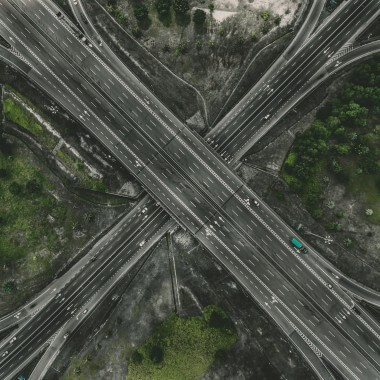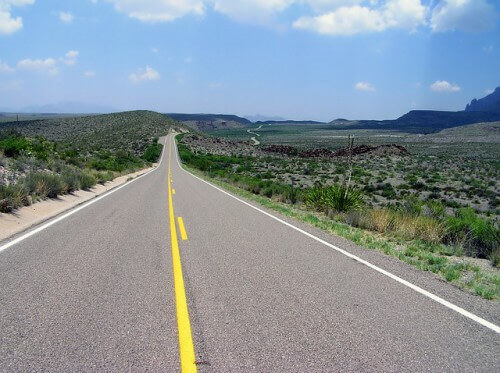Nagpur Road Plan
After the First World War, the Road Development Fund was used for routine maintenance. But the fund was not used for the development project, because of the overall economic depression in the country.

The effect of heavy wartime traffic caused further deterioration of the highways. At this time, the Conference of Provincial Chief Engineers was held at Nagpur in 1943. There, a long-term road development plan was displayed for India and it was known as the Nagpur Plan.
Features of the Nagpur Road Plan
1. In the Nagpur plan, they divided the roads into four classes.
2. They proposed that road length should be increased so as to provide a density of 16 km per 100 sq. km.
3. A hard, long-lasting crust would be provided for national and state highways and for major district roads.
4. The committee suggested the development of roads as a star and grid pattern throughout the country.
5. Within 20 years, the committee designed to construct 2 lakh km of road throughout the country.
Classification of Roads as per Nagpur Road Plan
In the Nagpur Road Plan, the roads were divided into four classes:
- National Highway
- State Highway
- District Roads
- Village Roads
1. National Highway (N.H)
The national highway is the main road that connects the capitals of states, important ports, metro cities, industrial hubs, and foreign highways.
Example: N.H-31.

2. State Highways (S.H)
State Highways are the other main roads of a province or state. They connect mainly larger towns and district headquarters of the state.
Example: S.H-7.

3. District Roads (D.R)
District Roads are the main and important roads within a district. They connect important markets and places with a state highway or with another higher category of roads. They are also divided further into the following categories – Major District Roads and Other District Roads.

4. Village Roads
The roads that connect villages with each other or with the nearest road of a higher category are known as village roads.
Read more: (Types of Roads)

Read Also: